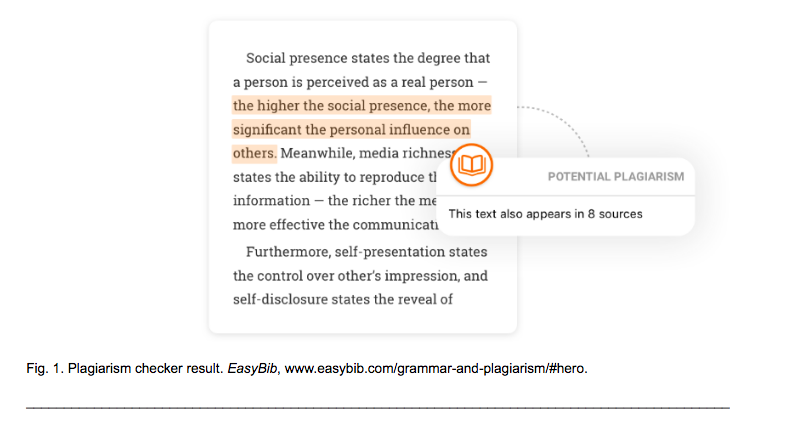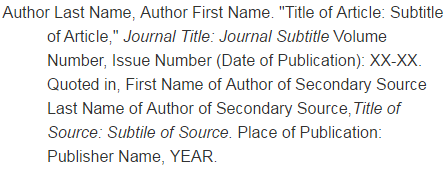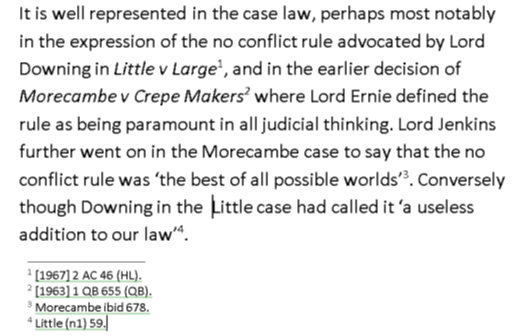
Types of Referencing Styles
At times, academic writing can be exhausting for students, but do you know what’s even more tiring for them?
Citing sources of external references that are included in the paper.
As a student, you might have already written a great number of assignments and essays. So, it is safe to assume that you have a basic knowledge of what citation is. And how important it is for you to include references in it. Still, let’s just get a gist about it.
Referencing is the practice of acknowledging your work. Here we mainly talk about those sources that need to be included in your work along with an in-text citation, better known as bibliography or reference list. It simply means that every time you use some information from an external source, you need to acknowledge it by citing sources within the text.
Apart from this, there many different styles of referencing in practice; each one of them comes with a unique set of guidelines. To make things easier for you, we’ll here discuss about some important styles of referencing which are majorly used by university and journal publishers. Depending upon their way of recording sources, the academic referencing styles can be further segmented into three parts-
- Documentary note styles – Under this category, you are required to submit references in the form of footnotes or endnotes. These notes are usually presented by some digits, also popularly known as superscripts. They are then indicated in the full reference style at the bottom of the page, i.e. footnote, or at the end of the paper, i.e. endnote. Major referencing styles such as MHRA or Oxford referencing style fall under this category.
- Parenthetical styles – Under the parenthetical referencing style, in-text references are generally provided before the full stop of the sentence. Some of the commonly adopted styles, including MLA, APA, and Harvard, fall under this category of referencing.
- Numbered styles – Under this category of referencing, the sources are generally attributed with some Arabic numbers within square brackets or superscript. The references are listed after the text and are numbered in the order so that they appear first in the text.
Major types of Referencing styles used in academics
As mentioned earlier, there are many different types of referencing styles, but you only need to adopt ones that are used in academics and journals. In this blog, we have provided a few major ones for you that are needed in academics-
MLA referencing style
MLA referencing style was created by the Modern Language Association, as goes with the name. At present, it is at its 8th edition. Researchers mainly employ this style for language and literature studies. It tends to adopt the parenthetical format of citing in nature, containing the name of author and page number.
APA referencing style
This referencing style was designed by the American Psychological Association and was initially used for studies in psychology and social sciences. However, many researchers also do use this study for other disciplines. At present, it is at its 7th edition form. This type of referencing style often uses an author-date system of parenthetical referencing.
Chicago referencing style
The Chicago Manual of Style developed this style of referencing. It further comes in its two variant form, i.e. Chicago A and Chicago B. Chicago A, allows the researcher to cite sources in a footnote or endnote. Whereas, Chicago B employs the use of parenthetical author-date referencing in the text.
Turabian referencing style
Turabian style of referencing was based on the Chicago style of referencing. It is specifically designed for students to make them work on a research paper. Similar to the working of Chicago style, Turabian style of referencing also comes with two variations, i.e. a documentary note system and an author-date system.
Harvard referencing style
This style of referencing is generally used in the field of economics. However, there is no such official manual guide for it, but some organizations have their own style of Harvard referencing. Some of the prominent ones include, Australian Government Publishing Service (AGPS), British Standard Institution and some of the Harvard versions follow an author-date system.
Vancouver style of referencing
This style of referencing was created by the International Committee of Medical Journal Editors. Thus it is majorly employed in the medical discipline. It follows a numeric system, where a given number indicates the source. The information regarding the source is provided next after that particular number in the reference list.
OSCOLA style of referencing
This referencing style is majorly used for legal academic writing in English. The Oxford University Standard for the Citation of Legal Authorities (OSCOLA), uses a documentary note style, where the full details of the source are included in a footnote.
IEEE referencing style
This style of referencing was developed by the Institute of Electrical and Electronics Engineers. Therefore, it is primarily used in technical studies, including electrical engineering and IT. IEEE follows a numeric system, where if a source type is not covered in IEEE, then the user needs to shift to the Chicago referencing style.
AMA referencing style
The American Medical Association developed this referencing style, which is why it is primarily used in medical sciences. It also follows a numeric system, where the numbering in a text is used in the form of superscript.












